The unspoken rules of academia in Pakistan
Family background significantly influences academic and professional trajectories in Pakistan
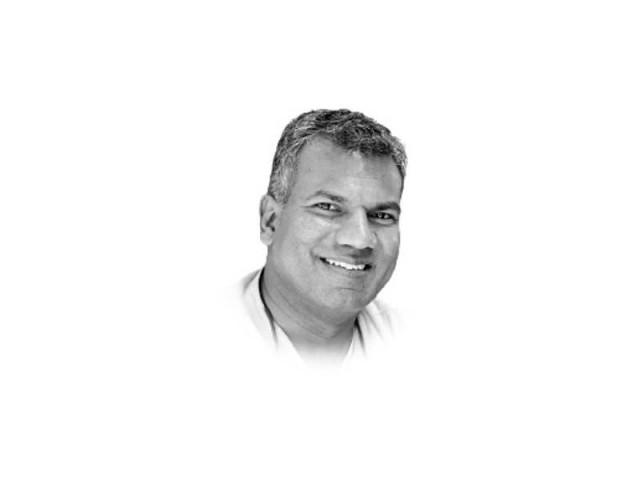
In Pakistan, the underrepresentation of individuals from lower socio-economic backgrounds in academia underscores a systemic inefficiency that stifles innovation and limits social mobility.
This significant disparity not only highlights inefficiencies within knowledge-driven sectors but also reflects broader societal inequalities that restrict the diversity of perspectives essential for addressing complex societal challenges.
Globally, studies indicate that individuals from economically disadvantaged backgrounds often introduce innovative ideas but face substantial barriers in gaining recognition.
This trend is evident in Pakistan, where the divide between urban and rural students in accessing higher education is particularly stark. Elite institutions such as Lahore University of Management Sciences (LUMS) and Ghulam Ishaq Khan Institute (GIKI) primarily attract students from wealthier, urban backgrounds, perpetuating a cycle of exclusivity and limiting opportunities for capable but economically disadvantaged individuals.
The disparity in educational opportunities is further exacerbated by the longstanding stability in the socio-economic composition of academia. Despite shifts in societal and educational landscapes, the representation of lower socio-economic groups has remained disproportionately low, reflecting systemic barriers that persist over generations.
Family background significantly influences academic and professional trajectories in Pakistan. Fields like medicine, engineering and business are overwhelmingly populated by individuals whose parents are professionals in these areas.
Conversely, the humanities and social sciences attract students from wealthier families. This segregation by discipline and socio-economic background is evident in the socio-economic composition of faculty at top universities, where a significant disparity exists between those teaching in social sciences versus STEM fields.
Moreover, academics from wealthier backgrounds often enjoy greater access to resources such as funding, international collaborations and prestigious publishing platforms.
In contrast, those from lower-income backgrounds, despite potentially contributing innovative solutions to local problems, struggle for visibility and institutional support. Their work, whether involving pioneering agricultural techniques in arid zones or developing cost-effective public health interventions, often goes unnoticed and underappreciated in the broader academic community.
The role of institutional support and recognition is critical in fostering or hindering the careers of academics from diverse socio-economic backgrounds. Homophily - the preference for associating with similar others - affects hiring and academic decisions, reinforcing exclusivity. The 'Matthew Effect', wherein recognition and resources are more likely to be awarded to those who already have them, disproportionately benefits those from privileged backgrounds, perpetuating a cycle of inequality.
To address these issues, comprehensive reforms are necessary. Initiatives such as expanding access to higher education through need-based scholarships, enhancing mentorship programmes for underprivileged students and diversifying faculty recruitment across both public and private institutions are essential.
Supporting research that addresses local challenges; implementing blind review processes for hiring and funding decisions; and introducing structured mentorship and inclusive networking opportunities are necessary steps to mitigate biases and foster a more equitable academic environment.
Such reforms would not only help balance the socio-economic scales within academia but also contribute to more robust and resilient national development. By valuing and integrating the diverse perspectives and potentials of all its citizens, Pakistan can better meet the complex challenges it faces today and in the future.


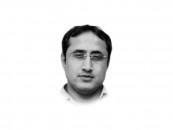
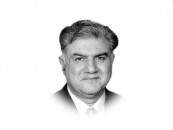
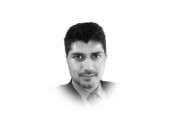
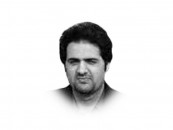
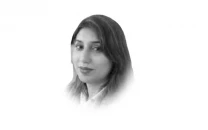


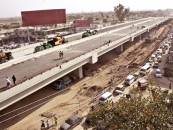


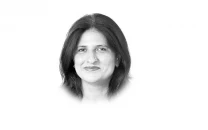
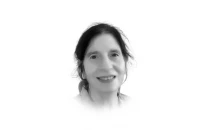
COMMENTS
Comments are moderated and generally will be posted if they are on-topic and not abusive.
For more information, please see our Comments FAQ